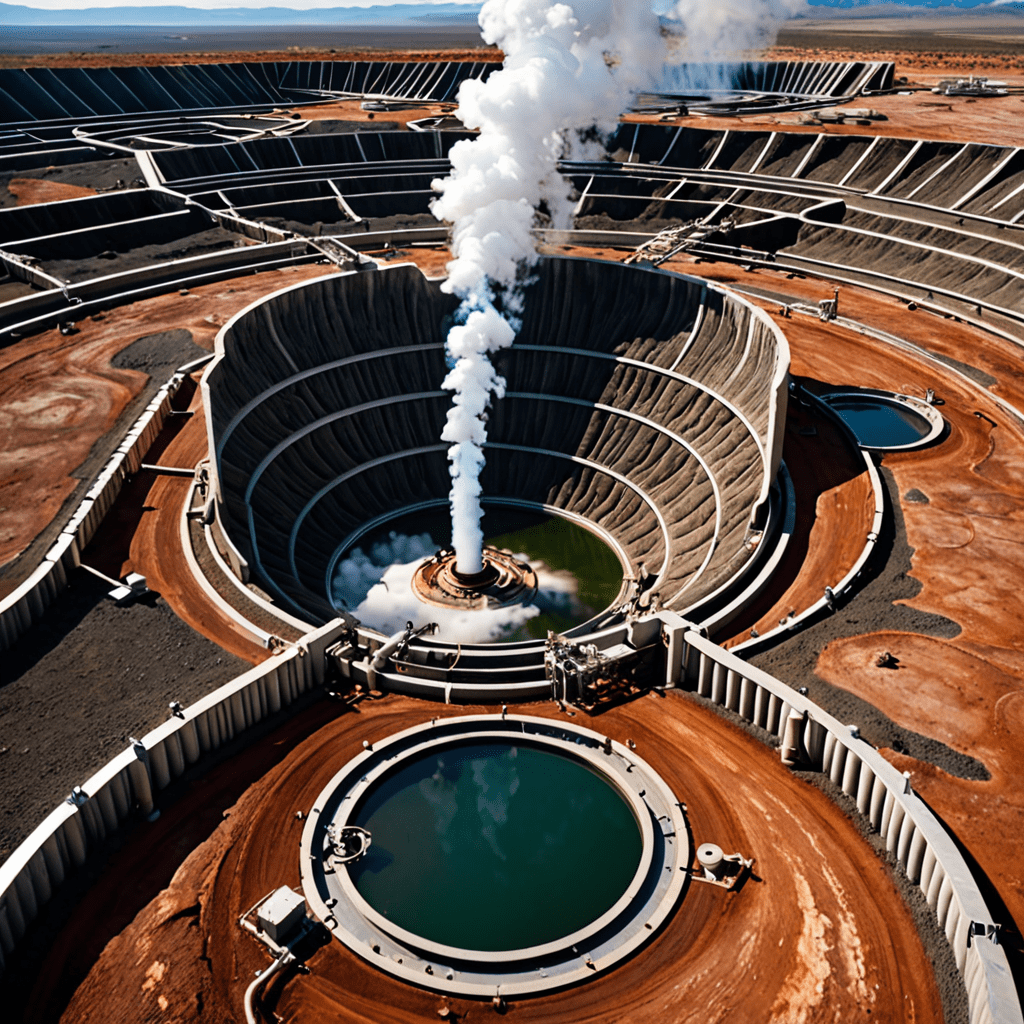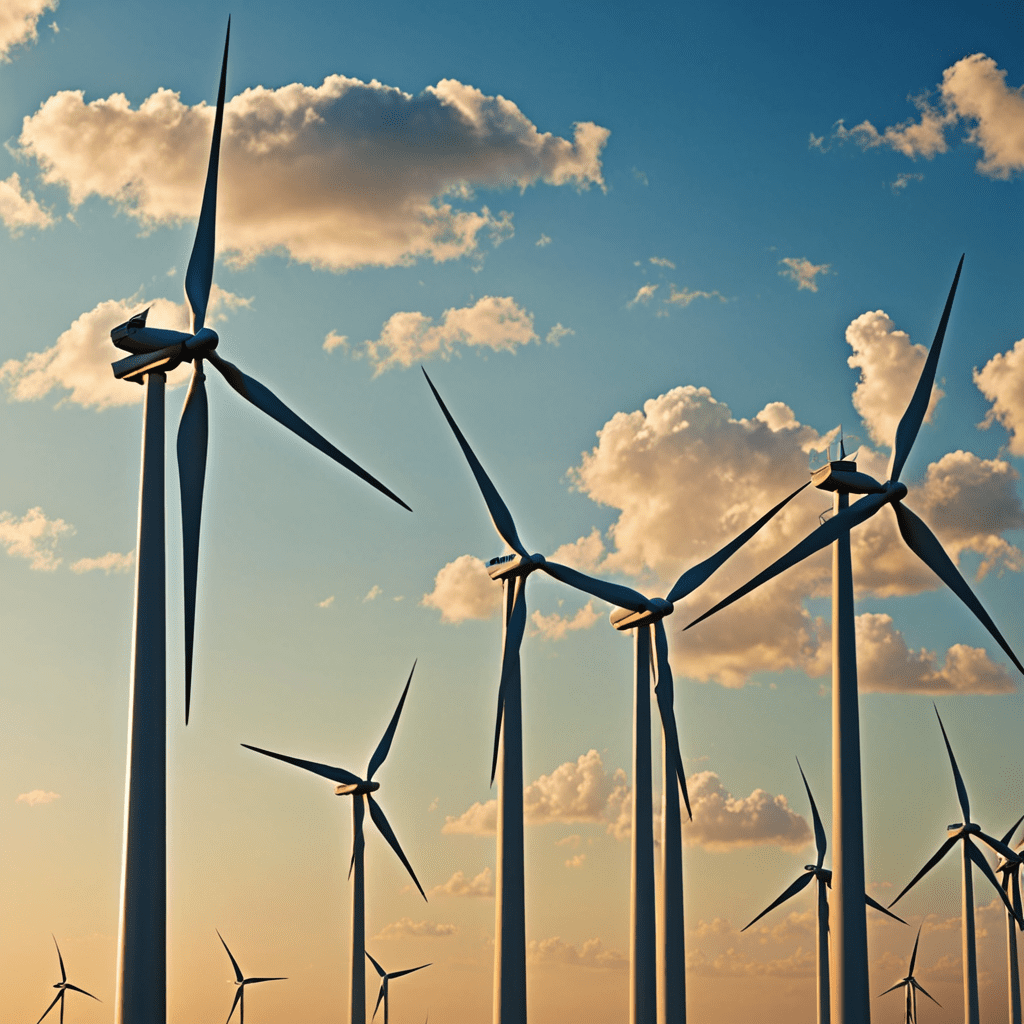
Geothermal Energy: Closed-Loop Systems
Geothermal energy is a renewable energy source that harnesses the heat from beneath the Earth’s surface. One method of utilizing this sustainable energy is through closed-loop systems. This blog post will delve into what closed-loop systems are and how they contribute to the harnessing of geothermal energy efficiently.
Understanding Geothermal Energy
Geothermal energy is heat that is generated and stored within the Earth. It is a clean and sustainable source of power that can be utilized for heating and electricity generation. This energy is harnessed by tapping into hot water and steam reservoirs beneath the Earth’s crust.
What are Closed-Loop Systems?
Closed-loop geothermal systems involve circulating a heat transfer fluid, such as water or a mixture of water and antifreeze, through a series of pipes buried underground. These pipes absorb heat from the Earth and then transfer it to a heat pump located inside a building for heating purposes.
Types of Closed-Loop Systems
There are two main types of closed-loop systems: vertical and horizontal. Vertical systems involve drilling boreholes deep into the ground, while horizontal systems require trenches to be dug horizontally for the placement of pipes. Both systems effectively transfer heat from the Earth to efficiently heat or cool a building.
Efficiency and Benefits
Closed-loop systems offer high efficiency in heating and cooling buildings. They provide consistent temperatures year-round, reduce energy consumption, and lower utility costs. Additionally, these systems have a long lifespan and require minimal maintenance, making them a cost-effective and sustainable heating and cooling solution.
Environmental Impact
Utilizing closed-loop geothermal systems helps reduce greenhouse gas emissions by decreasing the reliance on fossil fuels for heating and cooling. By tapping into Earth’s natural heat, these systems play a crucial role in mitigating climate change and promoting environmental sustainability.
Installation and Considerations
When considering installing a closed-loop geothermal system, factors such as soil type, available space, and local climate conditions need to be taken into account. Consulting with geothermal energy experts can help determine the feasibility and optimal design for implementing a closed-loop system tailored to specific needs.
Conclusion
Closed-loop geothermal systems are a valuable and sustainable way to harness the Earth’s natural heat for heating and cooling purposes. By utilizing this technology, we can reduce carbon footprint, lower energy costs, and contribute to a greener future. Consider exploring closed-loop systems for efficient and eco-friendly energy solutions.
FAQ About Geothermal Energy: Closed-Loop Systems
What are Geothermal Energy Closed-Loop Systems?
Geothermal Energy Closed-Loop Systems are advanced geothermal systems used to harness the Earth’s natural heat. They involve circulating a heat transfer fluid through a closed loop of pipes buried underground to capture the Earth’s thermal energy.
How do Closed-Loop Systems Work?
Closed-loop systems work by circulating a fluid (usually water or a mix of water and antifreeze) through a series of underground pipes called ground loops. As the fluid circulates, it absorbs heat from the ground in winter to warm buildings and expels heat in summer to cool them, making it an efficient and sustainable heating and cooling solution.
What are the Benefits of Geothermal Energy Closed-Loop Systems?
Some benefits of Geothermal Energy Closed-Loop Systems include lower operating costs, reduced carbon footprint, consistent indoor temperatures, minimal maintenance requirements, and long system lifespan. These systems provide reliable heating and cooling throughout the year while being environmentally friendly.


